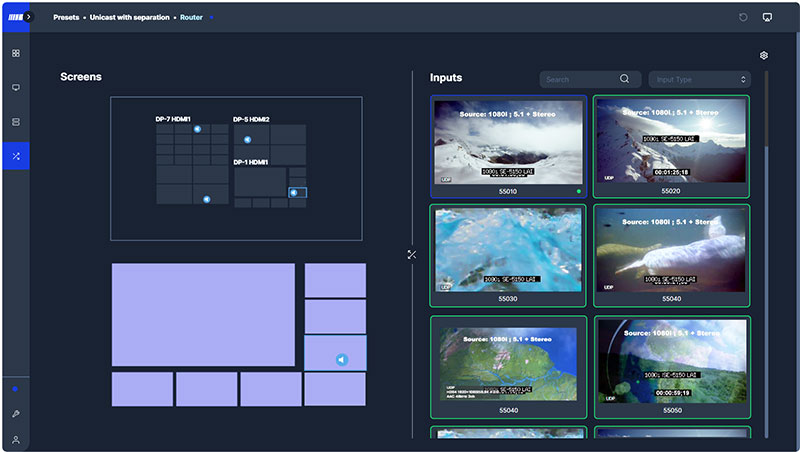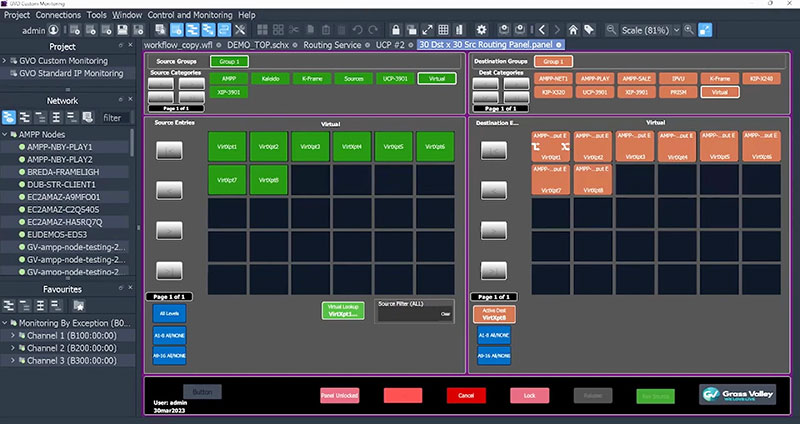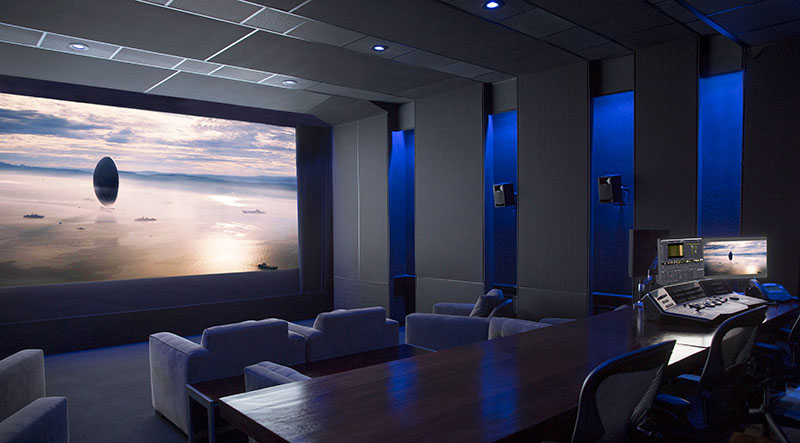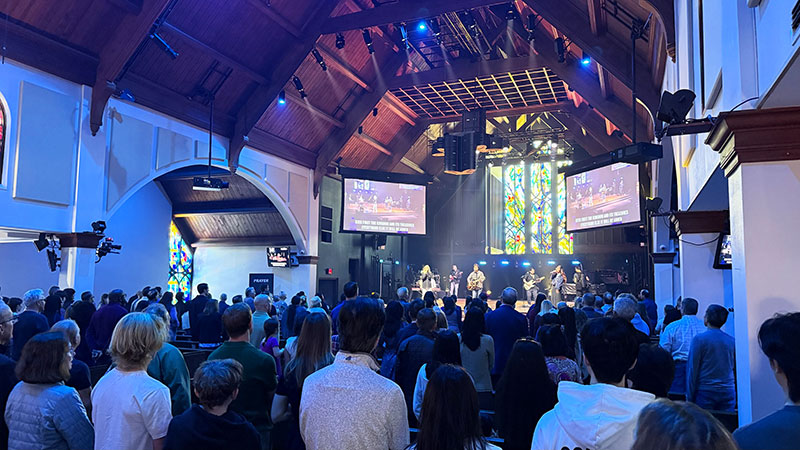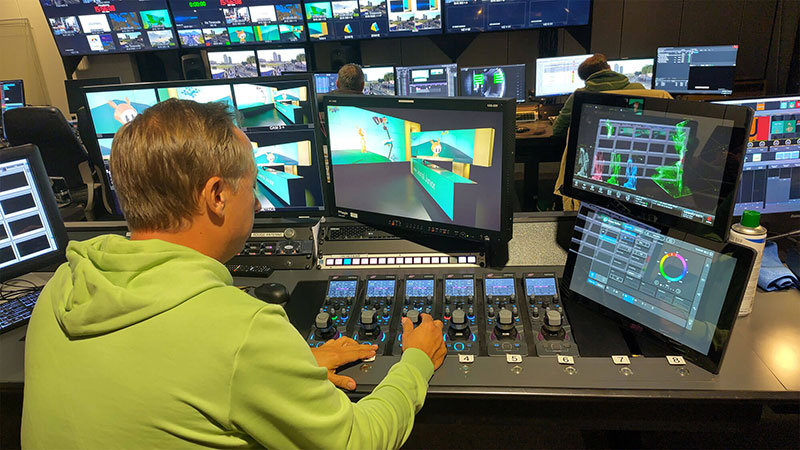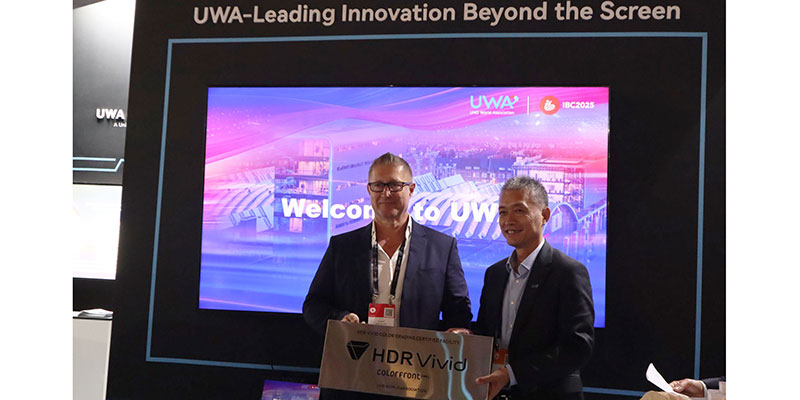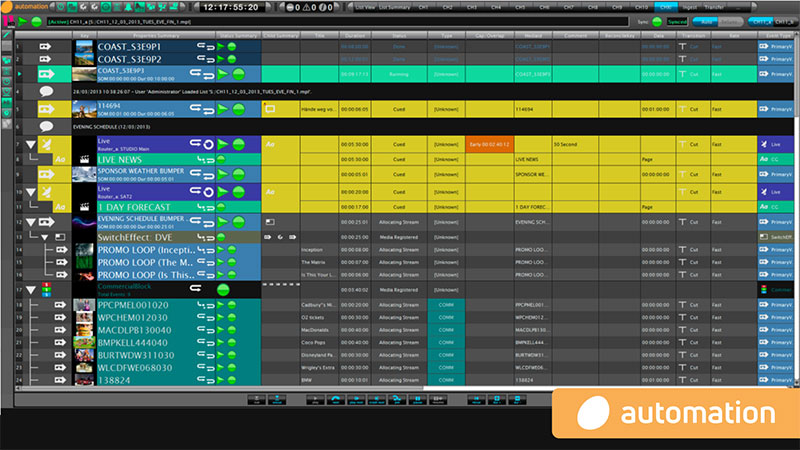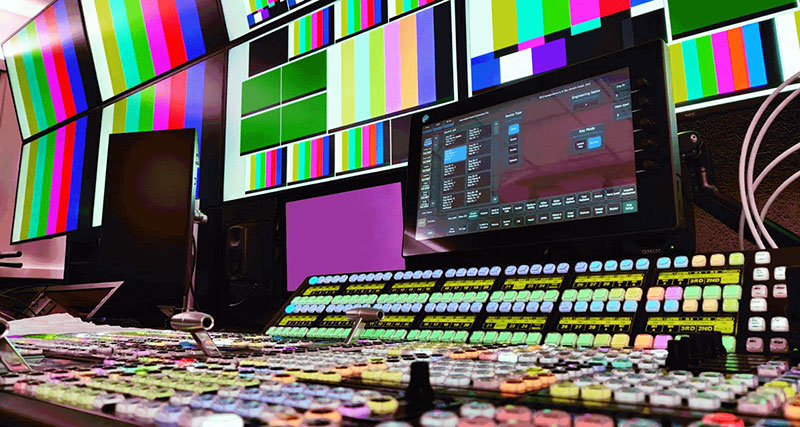IN2CORE’s QTAKE Pro 2.2 video assist tool includes a new Dolby Vision workflow with iCMU Output support and new playback modes, and forensic watermarking supplied from NAGRA.

IN2CORE QTAKE Pro 2.2 is an update of the company’s video assist software that includes a new Dolby Vision workflow and forensic watermarking. Version 2.2 is available immediately as a free update, except for the new Dolby and Forensic modules.
QTAKE runs on macOS and supports video cards from AJA, Blackmagic and Deltacast to capture video, audio and timecode information. Each clip is recorded to high-speed media storage and can be retrieved quickly for playback, editing or compositing. Able to access modern GPU architecture, QTAKE can perform intensive real-time image processing such as real-time chroma keying or CGI rendering.
Dolby Vision Workflow
QTAKE Pro 2.2 now has an on-set Dolby Vision workflow. Using the iCMU (internal content mapping unit) Output, iCMU Preview, Trim Controls, updated HDMI Tunnelling, and new analysis modes in playback, QTAKE can ensure that all details of the HDR look are reproduced as the content creators intended, on any type of on-set monitor, with visual fidelity.
The support of iCMU Output in QTAKE makes sure that the monitoring consistently adheres to Dolby Vision’s strict quality standards when outputting HDR content across different HDR and SDR displays at the same time, without using an external content HDR-to-SDR mapping unit (eCMU). With the introduction of iCMU, users can create a preview of Dolby Vision on HDR TV via HDMI Tunnelling and simultaneously have Dolby Vision Tone Mapped output on an SDI Rec 709 monitor via iCMU Content Mapping. HDMI tunnelling allows previewing content on a Dolby Vision enabled TV, using metadata to send a signal over an HDMI interface.
iCMU Preview allows the video operator to accurately reproduce iCMU Output directly in the QTAKE user interface, without having to access the on-set monitors physically to check the results of the Dolby Vision process.
If the colourist needs to customise the results of the automatic Dolby Vision conversion, QTAKE also introduces a new Dolby Vision Trims effect, with support for primary and secondary adjustments. The extended set of 21 trim controls in Dolby Vision Content Mapping v4.0 makes it possible to refine and modify the metadata more precisely and flexibly.
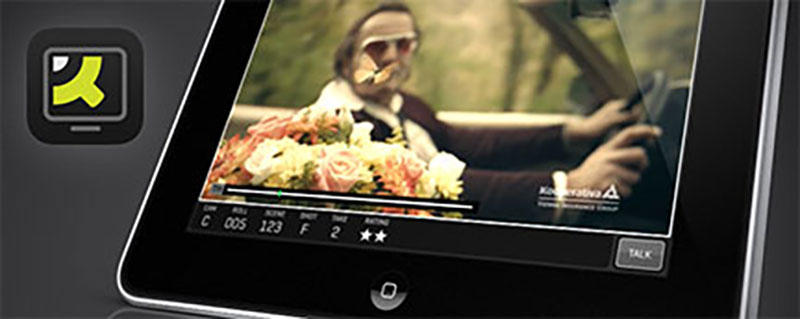
As well as the existing Dolby Vision Live Analysis, which happens in real time, QTAKE Pro 2.2 adds two new playback analysis modes to display results consistent with post-production tools. Using Shot-Based Analysis, recorded or imported clips are analyzed in the background and a single result is used to avoid possible fluctuations caused by content brightness changes. Hero Frame Mode, in contrast, does not require pre-calculation. Instead, by specifying a hero frame for each take, the result will be instantly applied to the whole clip.
Forensic Watermarking
One of the first integrations of forensic watermarking into the production workflow, this module enables content protection as soon as the camera signal enters QTAKE. Supplied from NAGRA, it will add a robust, invisible forensic watermark to QTAKE assets and integrates directly with local and cloud streaming. It adds another layer of protection for sensitive pre-release content from the moment of its creation. Forensic watermarking requires the QTAKE Monitor 4.6 app, which has also been released, from the App Store.
AJA ColorBox Support, Interpolated Playback Modes and More
The simulation of slow motion in QTAKE has new interpolated off-speed playback modes to give more options and higher-quality output. Frame-Blend Mode uses real-time dissolve between consecutive frames and can be played back instantly. The other new mode is Optical Flow, which requires pre-calculation of motion vectors in the background, but creates the smoothest slow-motion effect.
Starting with release 2.2, QTAKE can natively control AJA ColorBox as an external real-time colour processor. Utilizing the 33-point 3D LUT and up to 4K resolution within AJA Color Pipeline (ACP) mode, users have the highest quality, zero-latency, external colour processing device currently available in QTAKE.
Another new feature allows you to output certain elements of QTAKE UI over VIDeO-OUT, GPU OUT or stream. Sharing UI elements such as Stream Invitation QR code, Clip Browser, Metadata Sidebar, or other windows simplifies communication with other crew members.
To achieve low latency processed live monitoring, QTAKE uses a video card for input and a graphics card for output, converting the output signal to SDI.
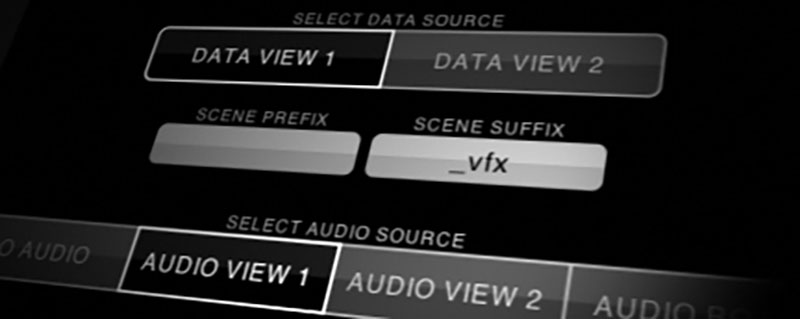
When using a Mac to perform tasks in 3rd party apps, outside of the minimised QTAKE interface, the new Video Window allows you to monitor all QTAKE Views in a convenient, resizable, floating window, which always stays on top of other windows on your desktop.
The new update also introduces support for ARRI LogC4 colourspace with dedicated False Colour scopes, the concept of a Canvas – the working area for custom format preview and export, new playback loop options with automatic patching to live, right-click contextual menu for fast clip selection, a new set of audio and mute controls, support for 9-view remote control of QTAKE Monitor and other improvements. qtakehd.com






